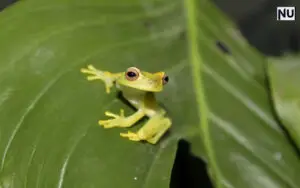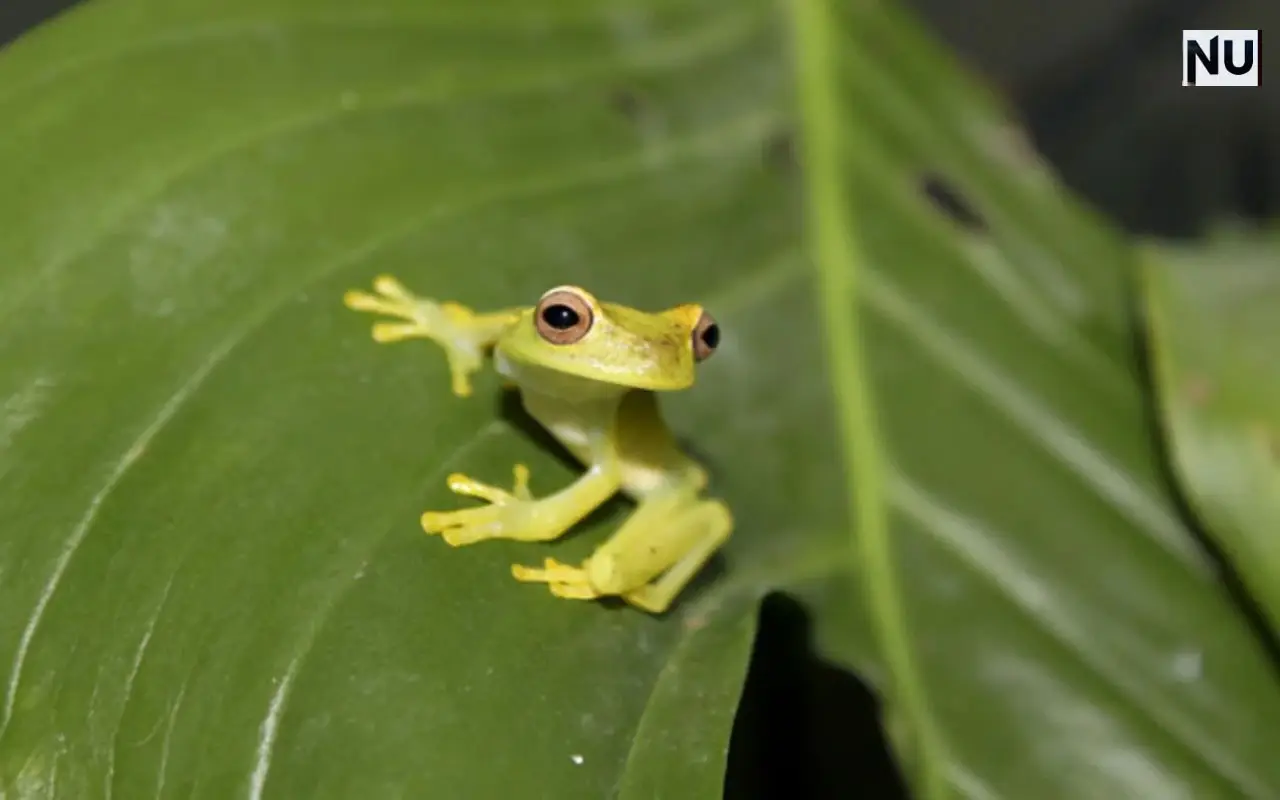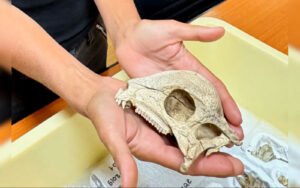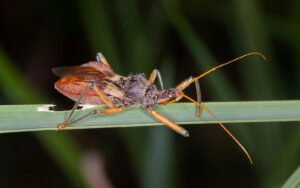Endangered Mountain Frog Breeding Breakthrough: 7 Frogs Released After 4-Year Captive Program
For continuous wildlife and environmental updates, visit News Updates.
The First-Ever Captive Breeding Program for Mountain Frogs
Researchers from Southern Cross University spent over four years replicating the frogs’ highly specific rainforest environment. Unlike many amphibians, the mountain frog has unusual breeding habits, making the process extremely challenging.
Dr. Liam Bolitho, research fellow, explained that the team had to recreate underground muddy burrows, precise temperature levels, rainforest plants, and even recorded frog chorusing calls. Without these exact conditions, breeding would have been impossible.
The frogs’ delicate development process was another hurdle. Their tadpoles don’t swim freely like most species. Instead, they hatch directly from eggs as tiny three-millimeter froglets, making monitoring their growth a meticulous task.
Four Years of Work for a Three-Centimeter Adult Frog
Associate Professor David Newell noted that raising the species from egg to breeding maturity took four years—much longer than expected. Mature frogs reach only about three centimeters in size, further complicating their care.
Despite these obstacles, the research team’s persistence paid off. The successful captive breeding program has provided a lifeline for the species, which faces severe threats in its shrinking natural habitats.
 Why Mountain Frogs Are at Risk of Extinction
Why Mountain Frogs Are at Risk of Extinction
The endangered mountain frog is among over 2,000 native Australian species under threat. Its biggest challenges come from:
-
Climate change – Mountain-top species have a narrow temperature range. Rising global temperatures could wipe out more than 60% of their habitat by 2055.
-
Habitat loss – Deforestation and changing land use are shrinking the rainforests these frogs depend on.
-
Invasive species – Feral pigs damage rainforest creeks and wallow in the frogs’ habitats, destroying burrows and vegetation.
-
Drought – Rainforest drying further reduces suitable environments, concentrating threats in limited areas.
Dr. Bolitho highlighted how pigs worsen the problem during dry seasons, damaging what little habitat remains.
Conservation Efforts Beyond Captive Breeding
The NSW National Parks and Wildlife Service has been tackling threats with feral pig trapping programs and protective fencing around critical frog habitats. Landholders near national parks are also being asked to report pig sightings to help safeguard the species.
Fiona Fraser, Australia’s Threatened Species Commissioner, emphasized that success depends on strong partnerships. She praised the collaboration between scientists, government agencies, and the Githabul traditional owners in protecting the frogs.
For further details on Australia’s threatened species, see the Australian Government Threatened Species Action Plan.
A Small but Symbolic Release Into the Wild
At Tooloom National Park, a ceremony marked the release of the first seven red and yellow mountain frogs. This release was symbolic but also practical, aimed at bolstering fragile wild populations.
Dr. Bolitho explained that more releases will follow in other remote locations severely impacted by climate pressures. The frogs will be closely monitored over the coming years to track survival and adaptation rates.
Captive Breeding: A Critical Tool for Survival
Dr. Fraser cautioned that while captive breeding is not a universal solution for endangered species, in this case, it was essential. “It’s often an end-of-the-road strategy when wild populations are too small to sustain themselves,” she said.
Associate Professor Newell agreed, stressing that reintroducing captive-bred frogs is a vital step. With predictions showing a drastic decline in suitable habitats, strengthening populations is the only way to ensure survival.
“If we’re able to bolster populations by reintroducing frogs, we’re hopeful that we will be able to help save these frogs,” Dr. Newell said.
-
Internal Link: News Updates
-
External Link: Australian Government Threatened Species Action Plan









